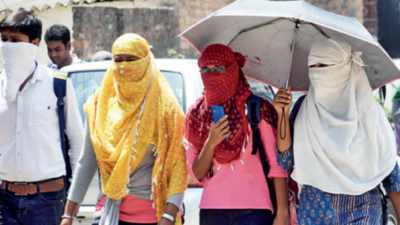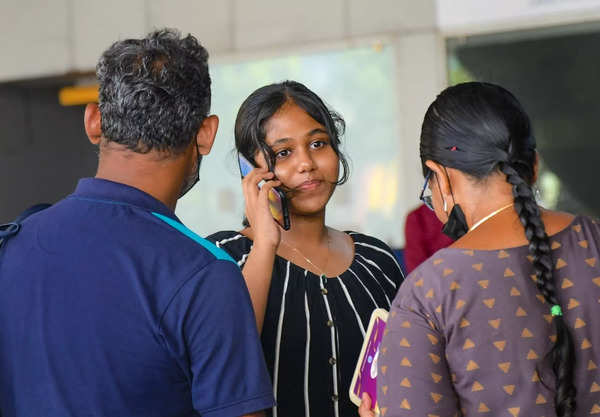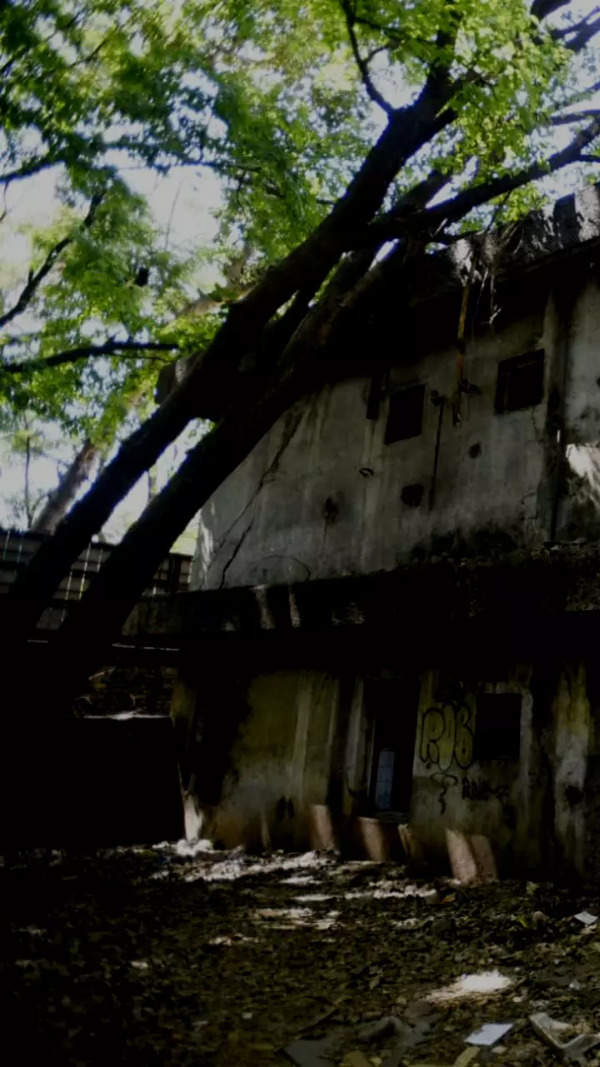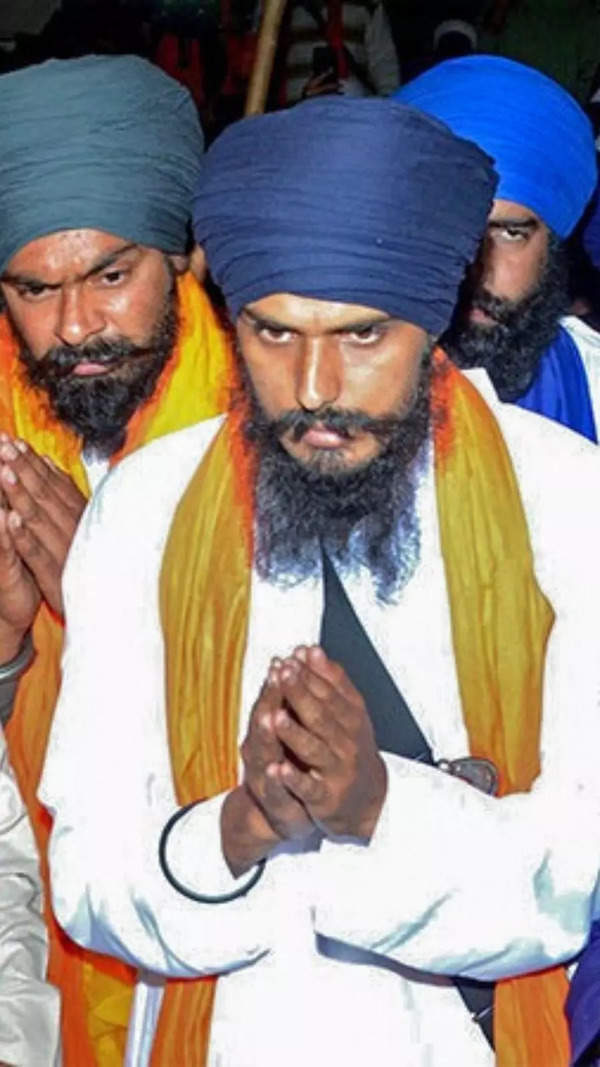- News
- City News
- mumbai News
- Fisherman suffers multi-organ complication due to heatstroke in Mumbai
Trending Topics
Fisherman suffers multi-organ complication due to heatstroke in Mumbai

Heatstroke, also called sunstroke, is caused by prolonged exposure to high temperatures and/or humidity
MUMBAI: A 28-year-old fisherman, out at sea for five consecutive days, experienced a life-threatening ordeal when he developed severe heat stroke, resulting in multi-organ complications affecting his kidneys, heart, brain as well as vision.
The medical team at Bombay Hospital, where the patient sought treatment a week ago, revealed that this incident marked the second severe occurrence of heat stroke and heat exhaustion within the fishing community in recent months.
Several studies have pointed out heat-related health emergencies as an occupational hazard for the fishing community. In previous years, community members occasionally heard about isolated cases of severe heat-related problems, but this year has seen a surge in such incidents, they said.
Mayuresh Patil came to the emergency department of Bombay Hospital complaining of excruciating stomach pain combined with a very high fever. The medical staffers recalled that his cramps were so severe that he was crying loudly. When an ultrasound couldn’t find the reason for his pain, the doctors spoke to one of his relatives in detail, who informed them that Mayuresh was out in the sea for five days before the symptoms started. “That’s when we suspected heat stroke,” said his treating physician Dr Gautam Bhansali. The fellow fishermen said Mayuresh had neglected to drink water to replace the fluids lost by sweat. Mayuresh’s uncle Vasant Patil said Mayuresh never suffered such an illness, although he has been going on fishing trips for several years. “The community has seen several heat-related problems this year,” he added.
Mayuresh’s initial symptoms were followed by the onset of weakness in all four limbs as he got hospitalised last Sunday. The severe dehydration affected his kidneys, pushing his creatinine levels to 3 (normal: 0.74- 1.35 mg/dL). Cardiac and neurological complications set in next as his heart’s pumping capacity dropped to 25%, and he became disoriented and drowsy. He also lost nearly 80% of vision in one eye due to panuveitis (inflammation of the inner structure of the eye).
Dr Bhansali said they put him on oxygen support in addition to pumping him aggressively with fluids. “We had to use antibiotics, antivirals, steroids and critical care to prevent him from going on the ventilator,” said the doctor, adding that his condition began to improve by the fifth day. As of Sunday, his ejection fraction rose to 55%, and kidney functions were normalizing. He is scheduled for discharge in a day or two.
The medical team at Bombay Hospital, where the patient sought treatment a week ago, revealed that this incident marked the second severe occurrence of heat stroke and heat exhaustion within the fishing community in recent months.
Several studies have pointed out heat-related health emergencies as an occupational hazard for the fishing community. In previous years, community members occasionally heard about isolated cases of severe heat-related problems, but this year has seen a surge in such incidents, they said.
Mayuresh Patil came to the emergency department of Bombay Hospital complaining of excruciating stomach pain combined with a very high fever. The medical staffers recalled that his cramps were so severe that he was crying loudly. When an ultrasound couldn’t find the reason for his pain, the doctors spoke to one of his relatives in detail, who informed them that Mayuresh was out in the sea for five days before the symptoms started. “That’s when we suspected heat stroke,” said his treating physician Dr Gautam Bhansali. The fellow fishermen said Mayuresh had neglected to drink water to replace the fluids lost by sweat. Mayuresh’s uncle Vasant Patil said Mayuresh never suffered such an illness, although he has been going on fishing trips for several years. “The community has seen several heat-related problems this year,” he added.
Mayuresh’s initial symptoms were followed by the onset of weakness in all four limbs as he got hospitalised last Sunday. The severe dehydration affected his kidneys, pushing his creatinine levels to 3 (normal: 0.74- 1.35 mg/dL). Cardiac and neurological complications set in next as his heart’s pumping capacity dropped to 25%, and he became disoriented and drowsy. He also lost nearly 80% of vision in one eye due to panuveitis (inflammation of the inner structure of the eye).
Dr Bhansali said they put him on oxygen support in addition to pumping him aggressively with fluids. “We had to use antibiotics, antivirals, steroids and critical care to prevent him from going on the ventilator,” said the doctor, adding that his condition began to improve by the fifth day. As of Sunday, his ejection fraction rose to 55%, and kidney functions were normalizing. He is scheduled for discharge in a day or two.

About the Author
Sumitra DebroySumitra Deb Roy is a health journalist with more than 17 years of experience across India’s leading newspapers. She is currently a senior assistant editor with the Times of India, where she has extensively covered the Covid-19 pandemic and highlighted the unprecedented challenges faced by the health systems in Mumbai and Maharashtra. She recently co-authored a book titled “Mumbai Fights Back” that chronicles the city’s battle with Covid-19. She holds a postgraduate degree in journalism from the Asian College of Journalism in Chennai and a bachelor’s in political science from Calcutta University.
Start a Conversation
FOLLOW US ON SOCIAL MEDIA
FacebookTwitterInstagramKOO APPYOUTUBE










